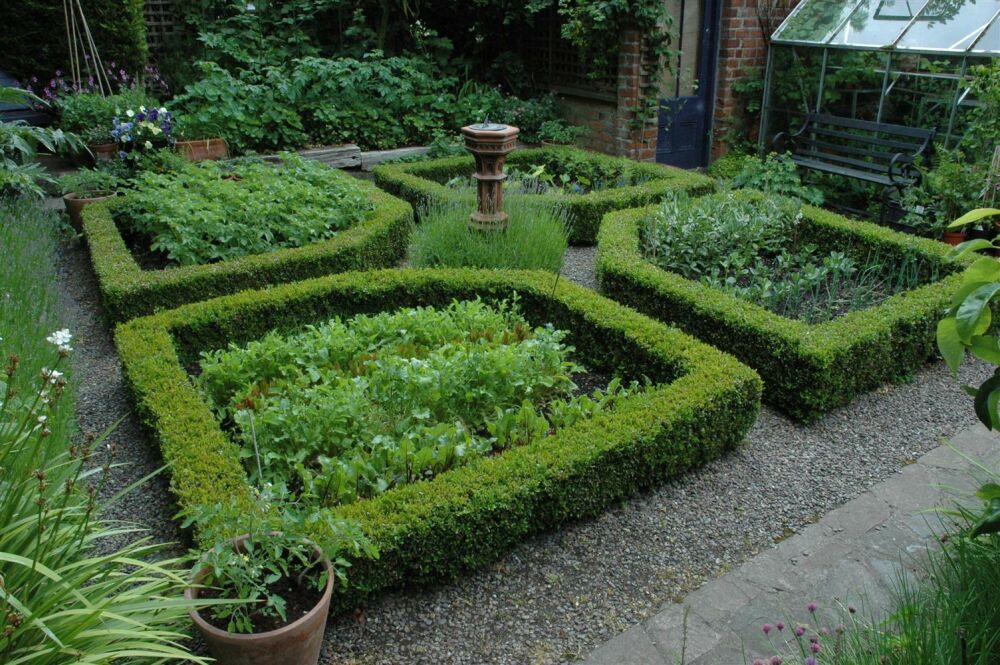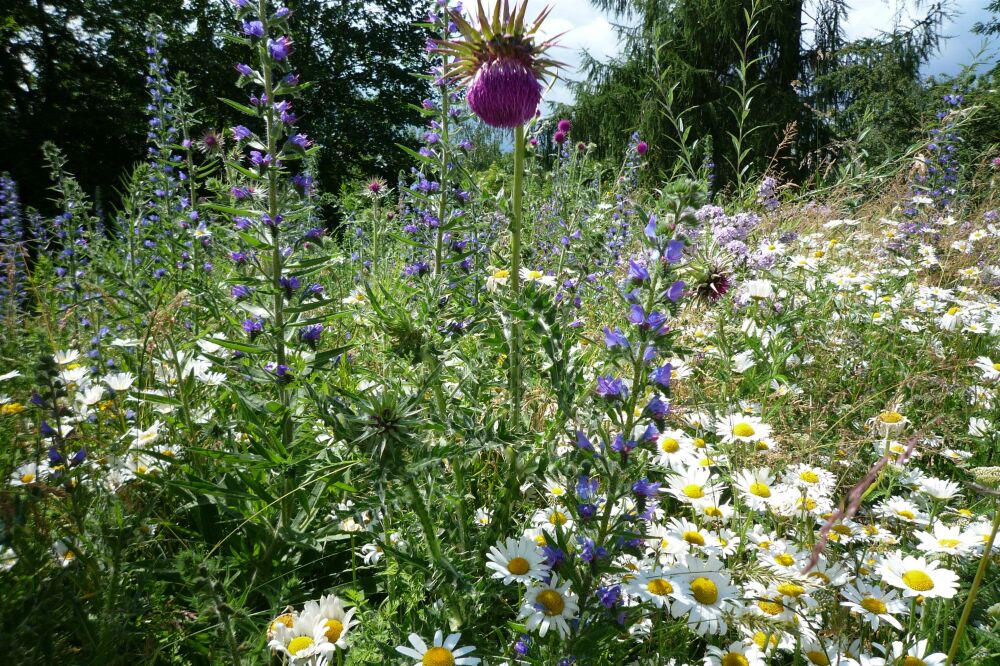How to successfully transplant your beech hedge?
There he stands, in the garden. Your beech hedge. Colossal in length and width. It seemed to be the perfect spot for the Fagus Sylvatica or Green Beech, as the hedge plants are also called, years ago, but now it turns out to be the worst spot ever. You have changed the entire garden layout and the hedge plants are now in the way. Hmm... What now? You're dreading the idea of transplanting it. How on earth do you do that? Can you just move a beech hedge like that? Will it survive? And when is the best time to replant it? These are all questions that will be answered in this blog. So be sure to read on!
How to replant a beech hedge
A word of warning. Moving the beech hedge is a tough job, we'll be honest about that. It depends on how strong the branches of the hedge are intertwined and how underground the roots are intertwined. In general, the older the hedge, the more difficult it is to transplant. One consolation is that if you do it the right way, you have a better chance of succeeding.
When do you move your beech hedge?
We'll start right off with the period when you have the best chance of a successful move. You should be careful with every tree and plant, including the beech hedge. The best idea is to wait until the sap flows from the roots to the leaves have stopped. During that time, the hedge needs little or no water. The period for beech hedges is from the month of November to March. Suppose you move it at the beginning of December, in this case, the hedge can spend the whole winter creating new roots. You might not expect this when it is a bit colder, but the earth just below the surface is still quite warm.
The branches are stuck together
We already wrote that the branches of the beech hedge are intertwined. This gives you a very dense hedge. Very nice normally, because: more privacy. But now that you are going to transplant it, it is a real disadvantage. You have to be very careful to separate the branches. Once the hedge is in its new location, you will have to carefully weave the branches back together again. This way it looks as if nothing has happened, but meanwhile....
Damage the roots as little as possible
Did you think the branches were the biggest problem? Nothing could be further from the truth. The roots are the most problematic. After all, you'll have to take those apart too. A very difficult and time-consuming job. You will have to be extremely careful to damage as few roots as possible. In itself it is not so bad if they are a little damaged, as long as they have long enough to recover before the spring. Therefore, try to transplant the beech hedge as early as possible in November or December. This means that the hedge still has months to recover. It would therefore be extra nice if you can move a number of hedge plants at once. That way, fewer roots are damaged and the hedge plants are more likely to survive.
Adding fungal mycorrhiza
The good fungus mycorrhiza is what the beech hedge needs to grow. It also protects the plants from bad fungi. The beeches make good fungus themselves, but when it is moved it stays behind. To increase the chances that the hedge will still be standing in your garden in full glory a year from now, it is wise to add the fungus to the soil in the new location. You also have to take into account that the beech hedge likes to stand in humus-rich soil that also drains well.
How do you start?
Dig out the beech hedge. Try to get as big a root ball as possible with as many roots as possible. Then wrap the root ball in burlap cloth or anti-root cloth. This way you ensure that the root ball stays whole and you lose less soil.
Have you followed all the advice? Then there's only one thing left to do and that's keep your fingers crossed that your beech hedge starts to grow. Good luck!



